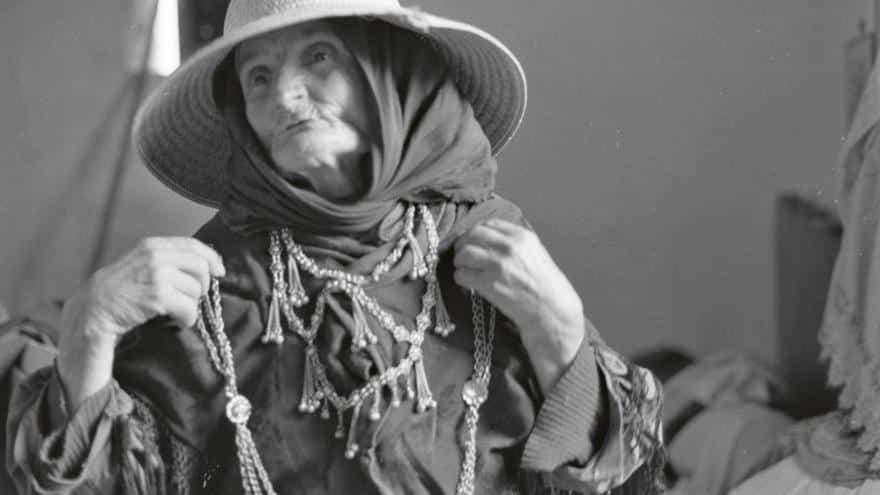‘Imatges, seqüències… records. Fotografies de Javier Ilundain’ is the title of the exhibition that will be inaugurated on Monday at Sa Nostra Sala a cultural and exhibition space of the Consell de Ibiza, which usually includes in its annual program a couple of exhibitions of its own graphic documentary collections, in this case from the Arxiu d’Imatge i So.
It is, specifically, a collection of photographic negatives, which the Arxiu has already digitized for its proper preservation and consists of about 1,200 images, most of them in black and white, but also some in color. Its author and donor, the Navarrese Javier Ilundain. The exhibition opens on Monday, April 21 at 8 p.m. and will be open until May 3, Monday to Friday from 10 a.m. to 1.30 p.m. and from 5.30 p.m. to 8.30 p.m., and on Saturdays from 10 a.m. to 1.30 p.m.
Javier Ilundain, the youngest of six brothers, born in Pamplona in 1952, always showed restlessness and curiosity that pushed him to look for new scenarios. When finishing the military service, in 1971, and by chance, as he himself expresses, he had the impulse to travel to Ibiza. The arrival at the old port of Vila, at dawn, by boat, already left him captivated. After returning to his job at a bank in Pamplona, after a few years, Ilundain had the opportunity to ask for a posting to Ibiza, given the opening of new branches of his company on the island. The island adventure, from 1975 to 1981, first alone and then with his wife, brought them a lot of experiences. Ilundain had the opportunity to meet Carlos Canovas, a prestigious and renowned Spanish photographer, who transmitted his passion to him, and that is how he entered the world of capturing and developing images.
“Although his images also highlight natural landscapes, urban landscapes, sunsets, architecture … it can be said that since he lived intensely the social scene of Ibiza in those years, much of his focus of interest is not only the landscapes, but especially the lived spaces, the inhabited places,” explains the Consell in a note. In those years the island of Ibiza offered a social dichotomy that many other photographers, artists and writers had already been attracted to and captured with their works. On the one hand the so-called ‘authentic Ibiza’, the countryside, the peasant houses, the people, their work… But on the other hand also being attraction to capture the village festivals, examples are those of Sant Josep, or Sant Jordi, and also in Vila the emblematic seafaring procession, the procession of the patron saint of the sea, the Virgin Mary of Carme. And, above all, the tumultuous hippy markets, or the children playing in the street in Dalt Vila, or motocross competitions with their different teams.
A selection
“It must be said that it is not possible in a single exhibition to show all of his images,” says the Consell. This exhibition is a selection carried out by the director of the Arxiu d’Imatge i So, Lina Sansano, who has acted as curator. The images have been chosen for their unique characteristics and for being sequences of events and local stories. “From among the commented scenes, we have chosen one that we have elevated almost to the category of muse. It is about Catalina, a very old peasant woman who lived in the village of Balàfia. Among the multitude of her images chosen, we can see the solitude, the peace of the place she lived in, the hardness of her work, but also her generosity and, why not to say it, an incipient attitude of a presumptuous protagonist. All this offers us the image of a woman who lives in a remote and quiet place in the interior of the island, but with a thirst for social knowledge,” says the Consell on the image chosen for the poster of the exhibition.
“In these images the observer will probably find scenarios and people from a short time ago and people still known, (…) with all the flavor of images from fifty years ago,” concludes the note.
For the full article, please visit Diario de Ibiza website here.

